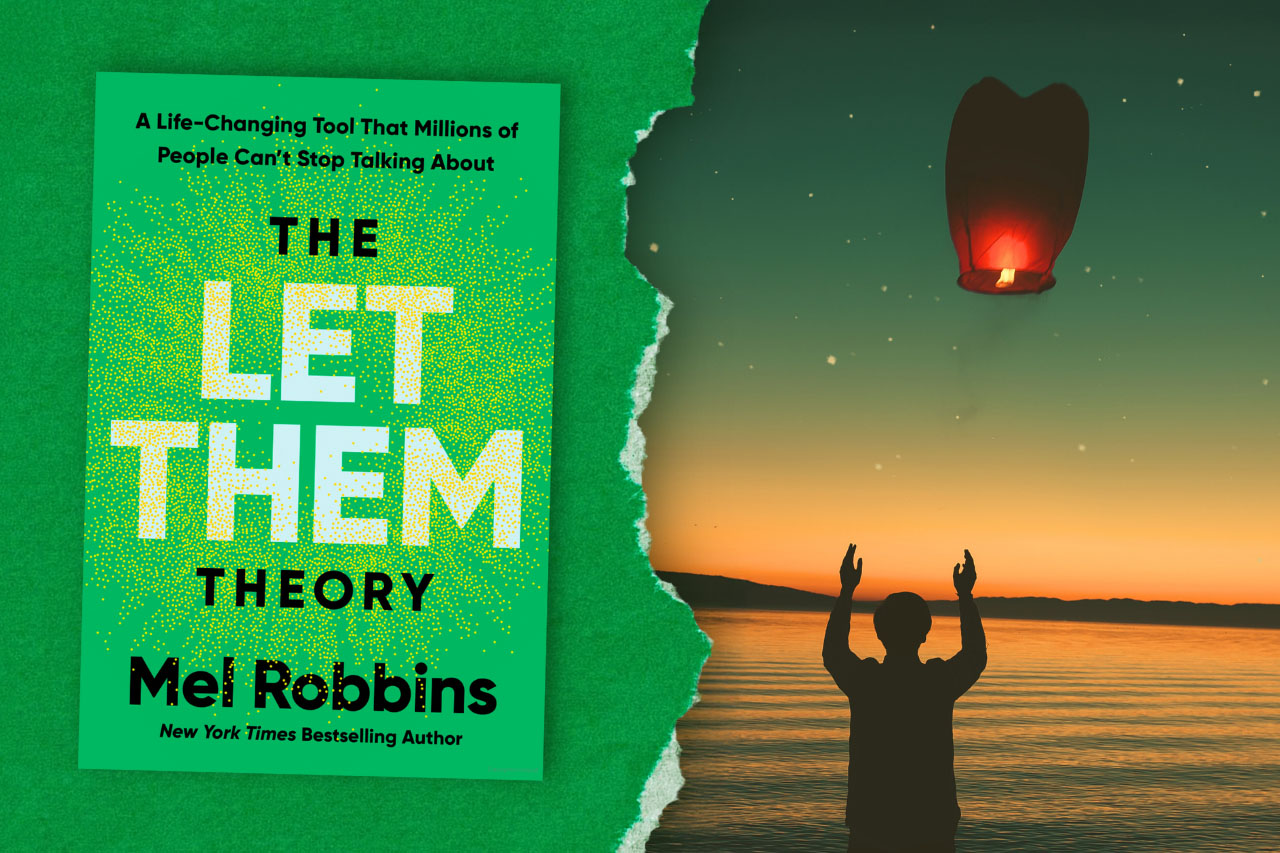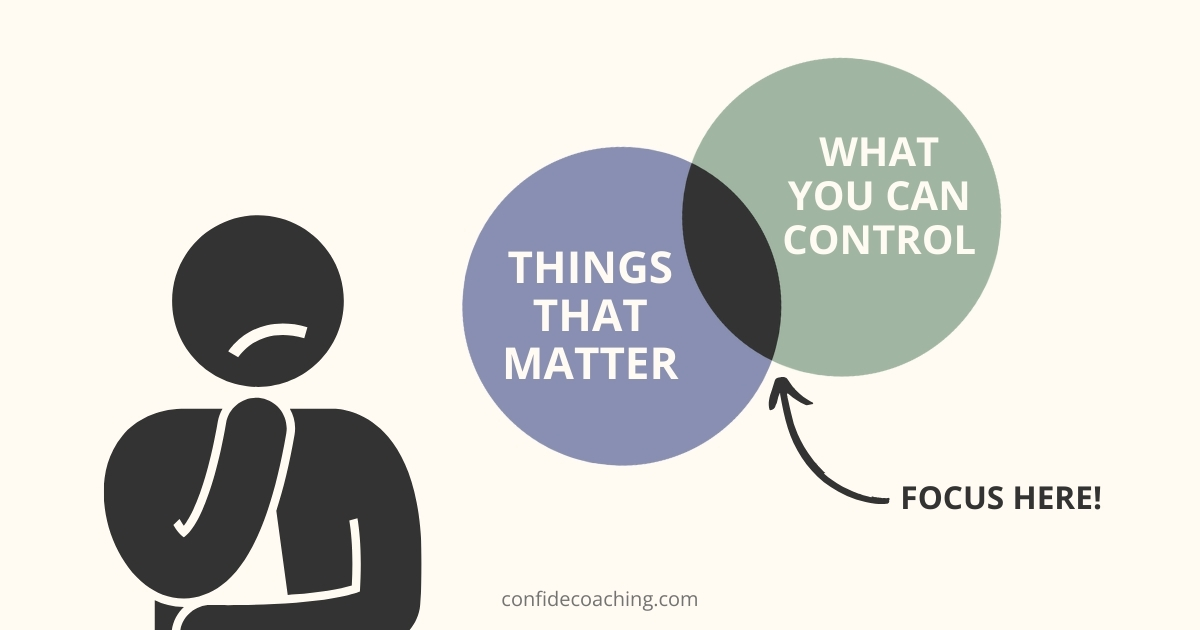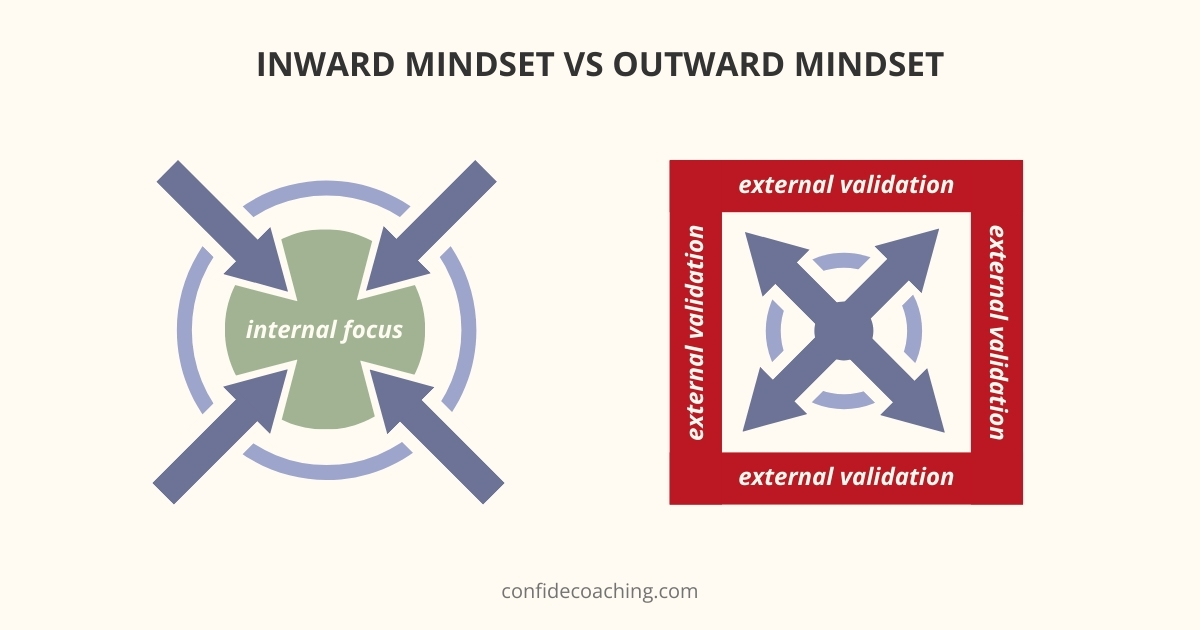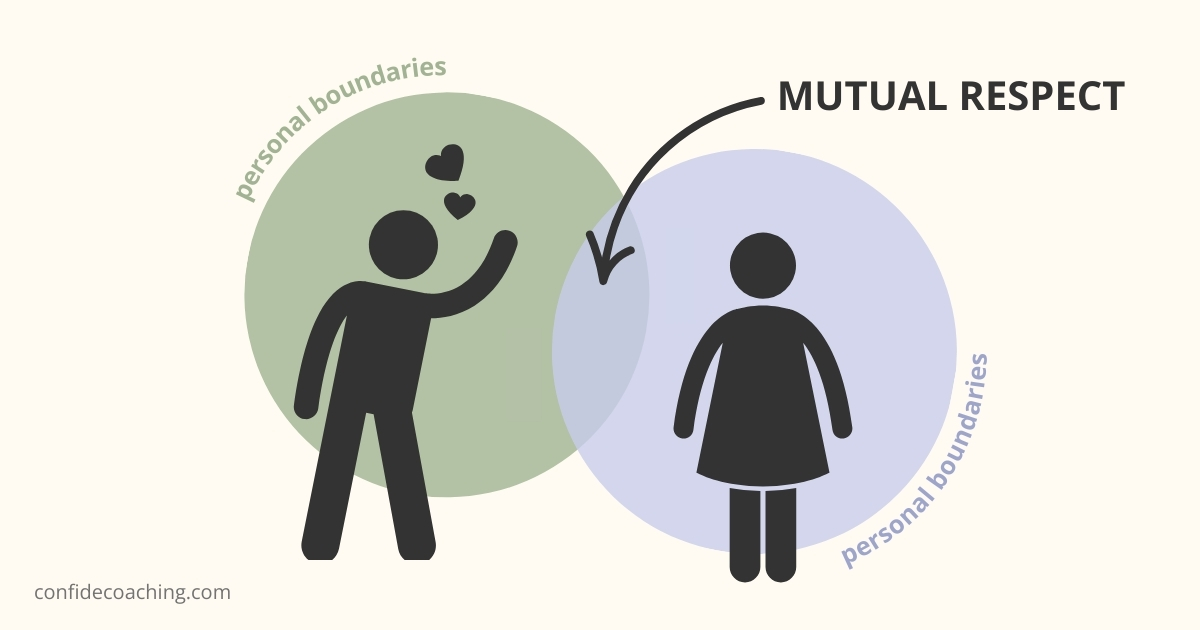
Most of us, at some point, have exhausted ourselves trying to change other people—waiting for them to recognize our value, make better choices, or act the way we wish they would. Yet, despite our efforts, we often end up frustrated and disappointed. The relationship remains strained, the promotion never comes, friends drift away. No matter how much we push, the outcome stays the same. But what if the key to peace isn’t in trying harder to change them, but in simply letting them be?
That’s the premise of The Let Them Theory, the latest book by Mel Robbins, a popular author, speaker, and former lawyer who first captured global attention with The 5 Second Rule, a method as straightforward as counting backward from five to take immediate action. It resonated because it bypassed overthinking and rewired hesitation into momentum.
In The Let Them Theory, Robbins shares something even more profound—her struggles with control, expectations, and the challenge of letting go. Through her own experiences, she shows how releasing the need to manage others’ choices can lead to greater inner peace and emotional freedom.
As a life coach, I see this struggle all the time—clients feeling drained by relationships, frustrated by unmet expectations, and stuck in a cycle of trying to “fix” things they have no real control over. That’s why I want to share the most valuable insights from The Let Them Theory with you. In this article, we’ll explore why trying to control others is exhausting, how shifting your focus inward can bring you peace, and practical strategies to reduce stress, set boundaries, and reclaim your energy. If you’re ready to let go of what’s holding you back and focus on what truly matters—your own choices, actions, and mindset—let’s dive in.
Why We Try to Control Others—and Why It’s Exhausting
It’s human nature to want people to behave in ways that make us feel secure, valued, and respected. We hope our partners will communicate the way we need, that our colleagues will acknowledge our contributions, or that our friends will show up for us in the way we show up for them. When they don’t, it can feel deeply personal—like a rejection of who we are.
This desire for control often comes from a good place. We want harmony, connection, and certainty. But the hard truth is, no matter how much we explain, push, or persuade, we cannot force people to act differently. And the more we try, the more exhausted we become. The emotional weight of managing others’ choices—whether it’s trying to make someone see our worth, change their behavior, or meet our expectations—can drain our energy, increase stress, and leave us feeling powerless.
The irony is that real power comes from doing the opposite: letting them be and choosing how you want to respond.
The Stoics understood this well. They taught that suffering comes not from external events, but from our attachment to controlling them. Epictetus famously said, “Happiness and freedom begin with a clear understanding of one principle: some things are within our control, and some things are not.” Ryan Holiday, in Stillness Is the Key, expands on this idea by emphasizing that true power lies in cultivating inner peace rather than trying to control what happens around us.
When you stop trying to control how others think, feel, and behave, and instead focus on what you can control—your mindset, choices, and boundaries—you free yourself from unnecessary frustration. You shift from reacting to others to aligning your actions with what matters most to you.
If you find yourself thinking, “But what matters most to me is that my effort is seen and recognized,” here’s the reframe: Do what you do because it reflects your values, not because you expect to be rewarded for it. If recognition comes, great. If it doesn’t, that’s fine too—because you still acted in alignment with what’s important to you. When you detach your actions from external validation, you reclaim your peace.

The “Let Them” and “Let Me” Framework
Letting go of control doesn’t mean giving up or becoming passive. It means recognizing where your influence ends and where your real power begins. This is where The Let Them Theory introduces two fundamental shifts in thinking:
“Let Them” → Accept and Detach
People will make their own choices, whether you agree with them or not. Instead of wasting energy trying to manage their thoughts, feelings, or behaviors, redirect your focus toward actions that move you in the direction of what you want.
Let Them is not about ignoring reality or avoiding difficult conversations. It doesn’t mean staying silent when something needs to be addressed. Rather, it’s about emotional detachment—letting go of the need to control the outcome while still showing up as the person you want to be. You can communicate, set boundaries, and take action, but you don’t have to carry the weight of forcing others to change.
“Let Me” → Take Ownership and Act
If Let Them is about releasing control, Let Me is about reclaiming it—by taking responsibility for your own decisions. This shift puts you in the driver’s seat, but it also comes with a challenge: you can no longer blame others for your circumstances.
- If your boss continuously overlooks your contributions, let them—and let me take action by seeking new opportunities, advocating for myself, or building a stronger skill set.
- If a friend pulls away, let them—and let me focus on the kind of friendships I want to cultivate.
- If a partner disrespects you or a family member is emotionally manipulative, let them—and let me choose how I respond, set boundaries, and decide what I’m no longer willing to tolerate in my relationships.
Your health, happiness, relationships, and career are your responsibility. That truth is both scary and empowering. It means that instead of waiting for others to change, you get to choose what you will do next.
Managing Stress by Letting Go
As we already explored, taking ownership of your life doesn’t mean controlling every outcome—it means learning to let go of what isn’t yours to carry. The more we try to manage other people’s actions, opinions, or emotions, the more stress we create for ourselves.
Mel Robbins explains that stress isn’t just about what happens to us—it’s about how much we resist reality. The Stoics had a name for this resistance: the desire to control the uncontrollable. Ryan Holiday, in The Daily Stoic, reminds us that “The obstacle in the path becomes the path.” In other words, when we stop fighting what is and instead focus on how we respond, stress levels drop, and we reclaim our mental energy.
Acceptance doesn’t mean agreeing with or liking a situation—it means recognizing that some things are outside your control and choosing to focus on what is within your power. If someone lets you down, if a conversation doesn’t go the way you planned, if things don’t unfold the way you expected—let them.
Practicing this in daily life starts with simple shifts:
- Pause before reacting. Ask yourself: Is this within my control?
- Detach from needing a specific outcome. Let go of the “shoulds” and focus on what’s real.
- Redirect your focus. Shift from frustration to action—what can you do right now?
When you stop trying to control the uncontrollable, you don’t just reduce stress—you free yourself.
Handling Others’ Opinions and Emotional Immaturity
One of the biggest stressors in life is worrying about what other people think. We spend so much time seeking approval, fearing judgment, or overanalyzing someone’s reaction that we forget to live according to our own values.
Mel Robbins reminds us that other people’s opinions are not ours to control. They will think what they think, feel what they feel, and act according to their own experiences, biases, and beliefs. Trying to manage their perception of you is a losing game. Instead, you can choose to shift your focus inward and remind yourself that your worth is not determined by external validation.
Emotional immaturity can make this even harder. Some people will react irrationally, manipulate situations, or refuse to take responsibility for their own behavior. When faced with this, the best approach is not to engage in their chaos but to set boundaries and maintain your own emotional stability.

Here’s how to apply The Let Them Theory in these situations:
- If someone judges or misunderstands you, let them. You don’t need to justify yourself.
- If someone reacts poorly to your boundaries, let them. You’re not responsible for their response.
- If someone refuses to grow, let them. Focus on your own development instead.
When you stop trying to control how others see or respond to you, you step into true emotional freedom.
Decision-Making: Trusting Yourself
A major part of reclaiming your energy is learning to make decisions without second-guessing yourself. Too often, we wait for approval or permission—whether from a boss, a partner, or even society—before taking action. But when you build self-trust, you stop looking outward for validation and start listening to your own instincts.
Robbins emphasizes that clarity comes from action, not from waiting for the perfect moment. If you constantly seek reassurance before making a move, you stay stuck in hesitation. The Let Them mindset helps here too: Let them doubt you. Let them question your choices. Let them have their opinions—while you move forward anyway.
To cultivate trust in yourself:
- Make small, decisive choices daily. The more you practice, the more confidence you build.
- Stop seeking constant reassurance. It’s okay to move forward without approval.
- Accept that not everyone will agree with you. And that’s perfectly fine.
When you shift from needing external permission to relying on your own wisdom, you take back control over your life.
Relationships and Boundaries: Letting People Be Who They Are
Trying to change people—whether a partner, a friend, or a family member—is one of the biggest sources of frustration. We want them to communicate differently, make better choices, or prioritize us the way we prioritize them. But here’s the truth: People are who they are. And the sooner we accept that, the sooner we free ourselves from unnecessary stress.
Instead of trying to make someone behave a certain way, ask yourself: What am I willing to accept, and what do I need to communicate? If a person consistently disrespects you, doesn’t meet you halfway, or brings negativity into your life, it’s not your job to fix them—it’s your job to decide if this relationship aligns with your values and to express your needs clearly.
Applying The Let Them Theory in relationships means:
- If someone doesn’t communicate the way you’d like, let them. But make it your responsibility to express what works for you and set expectations accordingly.
- If someone’s priorities don’t match yours, let them. And determine whether your values and goals align in a way that supports a healthy relationship.
- If someone doesn’t respect your boundaries, let them. You are not responsible for their reaction, but you are responsible for maintaining your boundaries and taking action if those boundaries continue to be disregarded.
Healthy relationships aren’t built on control—they’re built on mutual respect, understanding, and clear communication. When you stop expecting people to change and start honoring your own needs while expressing them openly, you create stronger, more fulfilling connections.

The Difference Between Supporting and Rescuing
It’s natural to want to help the people we care about. But there’s a fine line between supporting someone and trying to save them. The difference? Support empowers, rescuing enables.
If someone is struggling, you can offer guidance, encouragement, and resources—but you can’t do the work for them. When you take on other people’s burdens as your own, you not only exhaust yourself, but you also rob them of the opportunity to grow.
Here’s how to practice The Let Them Theory in these moments:
- If a loved one refuses to change, let them. Growth has to be their choice.
- If someone makes the same mistakes repeatedly, let them. Experience is a great teacher.
- If a friend won’t take your advice, let them. Your job is to support, not to force a solution.
By stepping back, you allow people to take responsibility for their own lives while maintaining your own peace of mind.
Self-Worth: Owning Your Energy and Attention
At its core, The Let Them Theory is about reclaiming your energy. So much of our stress comes from pouring effort into things we can’t change—seeking approval, managing others’ emotions, or trying to be everything to everyone. But when you shift your focus inward, you regain control over your time, attention, and self-worth.
Instead of asking, Why aren’t they treating me better? ask, Why am I allowing this? Instead of wondering, Why won’t they change? ask, What if they never change–what would that mean for me or my boundaries?
You are responsible for your own well-being. The more you align your actions with your values—regardless of external recognition—the more peace, confidence, and clarity you create in your life.
Conclusion: The Power of Letting Go
The Let Them Theory isn’t just about others—it’s about you. When you stop trying to control what’s outside your influence and focus on what truly matters—your mindset, choices, and boundaries—you unlock a new level of freedom.
Let them judge. Let them misunderstand. Let them choose their own path.
And let yourself focus on the only thing that’s ever truly been in your control—you.

Paul Strobl, MBA, CPC
Owner of Confide Coaching, LLC
Paul is a Master Life Coach for GenX and GenY executives and business owners. Originally from Houston, Texas, he has been location independent for most of his adult life. He currently resides in the Rhodope Mountains of Bulgaria near the Greek border with his brilliant wife, 14-year-old stepson (officially adopted in 2021!) and a Posavac Hound rescue.
References
Robbins, M. (2024). The Let Them Theory: A Life-Changing Tool That Millions of People Can’t Stop Talking About. Hay House LLC.
Robbins, M. (2017). The 5 Second Rule: Transform your Life, Work, and Confidence with Everyday Courage. Savio Republic.
Epictetus. (c. 108 AD). Discourses and Selected Writings. (Translated by R. Dobbin). Penguin Classics.
Holiday, R. (2016). The Daily Stoic: 366 Meditations on Wisdom, Perseverance, and the Art of Living. Portfolio.
Holiday, R. (2019). Stillness Is the Key. Portfolio.

